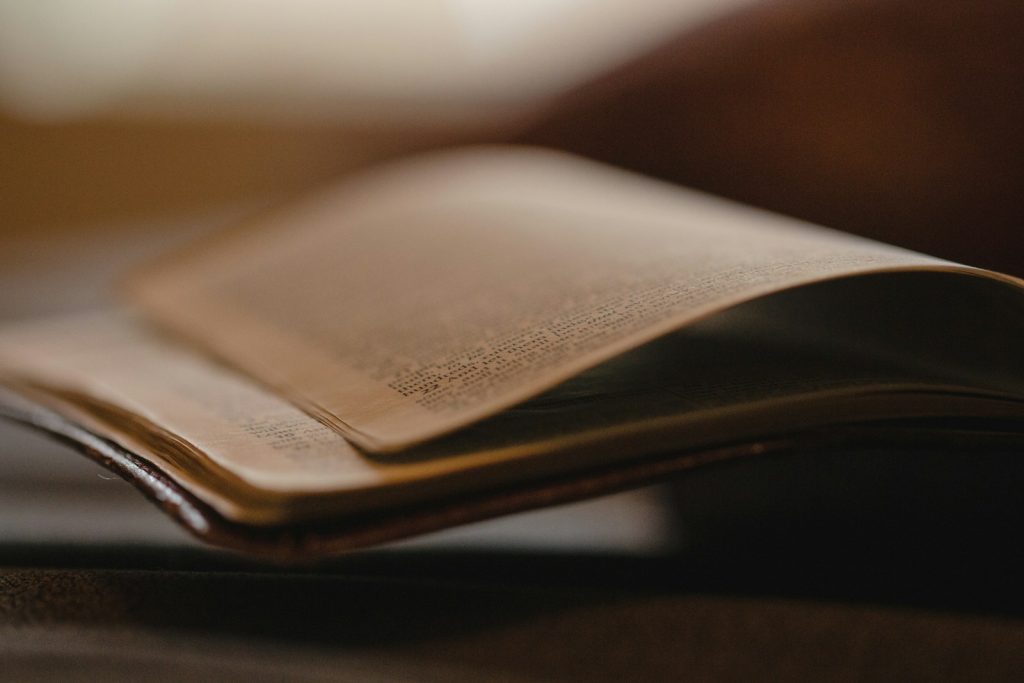In the vibrant tapestry of ancient Chinese culture, festivals played a crucial role in shaping social life, artistic expression, and literary creation. These celebrations, steeped in tradition and rich with symbolism, inspired poets to articulate their thoughts and emotions through verse. From the joyous festivities of the Mid-Autumn Festival to the solemnity of the Double Ninth Festival, ancient poetry reflects the cultural significance of these events. This exploration delves into how ancient festivals influenced poetry, examining themes, styles, and notable works that capture the essence of these celebrations.
A Story to Engage: The Poet’s Reflection on Festivals
Imagine a poet standing on a hill during the Mid-Autumn Festival, gazing at the full moon illuminating the night sky. Surrounded by friends and family, he listens to laughter and music while savoring mooncakes—a traditional delicacy symbolizing reunion. As he reflects on the beauty of this moment and the bittersweet feelings of nostalgia it evokes, he begins to compose verses that encapsulate both joy and longing. This scene illustrates how festivals served as powerful catalysts for poetic inspiration, allowing poets to explore complex emotions tied to communal experiences.The tradition of celebrating festivals in China dates back thousands of years, with roots in agrarian society and ancestral worship. These occasions not only marked seasonal changes but also provided opportunities for social bonding and cultural expression. As a result, poets began to weave their experiences of these celebrations into their works, creating a rich literary tradition that resonates through time.
The Influence of Major Festivals on Poetry
Several key festivals significantly influenced ancient poetry, each bringing its own themes and emotional undertones:
1. The Mid-Autumn Festival
The Mid-Autumn Festival, celebrated on the 15th day of the eighth lunar month, is a time for family reunions and moon-gazing. The moon symbolizes harmony and completeness, making it a fitting backdrop for reflections on love and longing.
- Notable Works: The Tang poet Li Bai captured this sentiment beautifully in his poem “Quiet Night Thoughts,” where he gazes at the moon and feels homesick for his family. Similarly, Su Shi, during his exile, composed poignant verses about longing for his brother while admiring the moonlit sky.
2. The Dragon Boat Festival
This festival commemorates the poet Qu Yuan, who drowned himself in protest against corruption. The ritual of racing dragon boats symbolizes loyalty and sacrifice.
- Notable Works: Qu Yuan’s own work “Li Sao” (The Lament) reflects his deep love for his country and despair over its fate. His poetry embodies themes of patriotism and moral integrity that resonate with the spirit of the Dragon Boat Festival.
3. The Double Ninth Festival
Celebrated on the ninth day of the ninth lunar month, this festival emphasizes respect for elders and family ties. It is also associated with climbing heights to ward off misfortune.
- Notable Works: The poem “Climbing the Heights” by Wang Wei captures the melancholy associated with this festival. The poet reflects on separation from loved ones while surrounded by autumn scenery—an evocative portrayal that intertwines personal feelings with cultural practices.
4. The Spring Festival
As the most significant celebration in Chinese culture, marking the Lunar New Year, this festival symbolizes renewal and hope for prosperity.
- Notable Works: Poems from various dynasties often reflect themes of renewal during this time. For instance, poets would express wishes for good fortune or reflect on family gatherings during this festive period.
Themes Reflected in Festival Poetry
Ancient poetry inspired by festivals encompasses various themes that resonate deeply with readers:
- Nostalgia and Longing: Many poems evoke feelings of homesickness or longing for loved ones during festive occasions, reflecting personal experiences against a backdrop of communal celebration.
- Nature’s Beauty: Festivals often coincide with seasonal changes, prompting poets to draw upon nature as a source of inspiration. Imagery related to blooming flowers or autumn leaves enriches their verses with vivid descriptions.
- Cultural Identity: Poetry celebrating festivals reinforces cultural values and traditions, serving as a reminder of shared heritage among communities.
- Social Bonding: Many poems highlight communal experiences during festivals—family gatherings, rituals, or public celebrations—emphasizing unity and connection among people.
Styles and Techniques in Festival Poetry
The stylistic elements employed in festival poetry enhance its emotional impact:
- Imagery: Vivid descriptions create sensory experiences that transport readers into festive scenes—whether it’s the sight of lanterns glowing at night or the sound of laughter echoing through streets.
- Symbolism: Poets often use symbols associated with specific festivals (like mooncakes or dragon boats) to convey deeper meanings related to loyalty, reunion, or sacrifice.
- Lyricism: The musical quality inherent in poetry enhances its emotional resonance; careful word choice creates rhythmic patterns that echo festive moods.
- Narrative Quality: Many poems tell stories that reflect personal experiences during festivals—capturing moments of joy or contemplation amidst celebrations.

Conclusion:
Ancient festivals significantly influenced literary creation by providing rich thematic material for poets to explore complex emotions tied to communal experiences. Through celebrations like the Mid-Autumn Festival, Dragon Boat Festival, Double Ninth Festival, and Spring Festival, poets articulated sentiments of nostalgia, longing, cultural identity, and social bonding.As we delve into works by Li Bai, Su Shi, Qu Yuan, Wang Wei, and others, we uncover a vibrant literary tradition that captures not only the essence of these celebrations but also universal human experiences across time and culture. In this way, ancient poetry serves as both an artistic expression and a lasting testament to humanity’s enduring connection with tradition—a reminder that even in our modern lives, we continue to seek meaning through shared rituals and collective memories.
